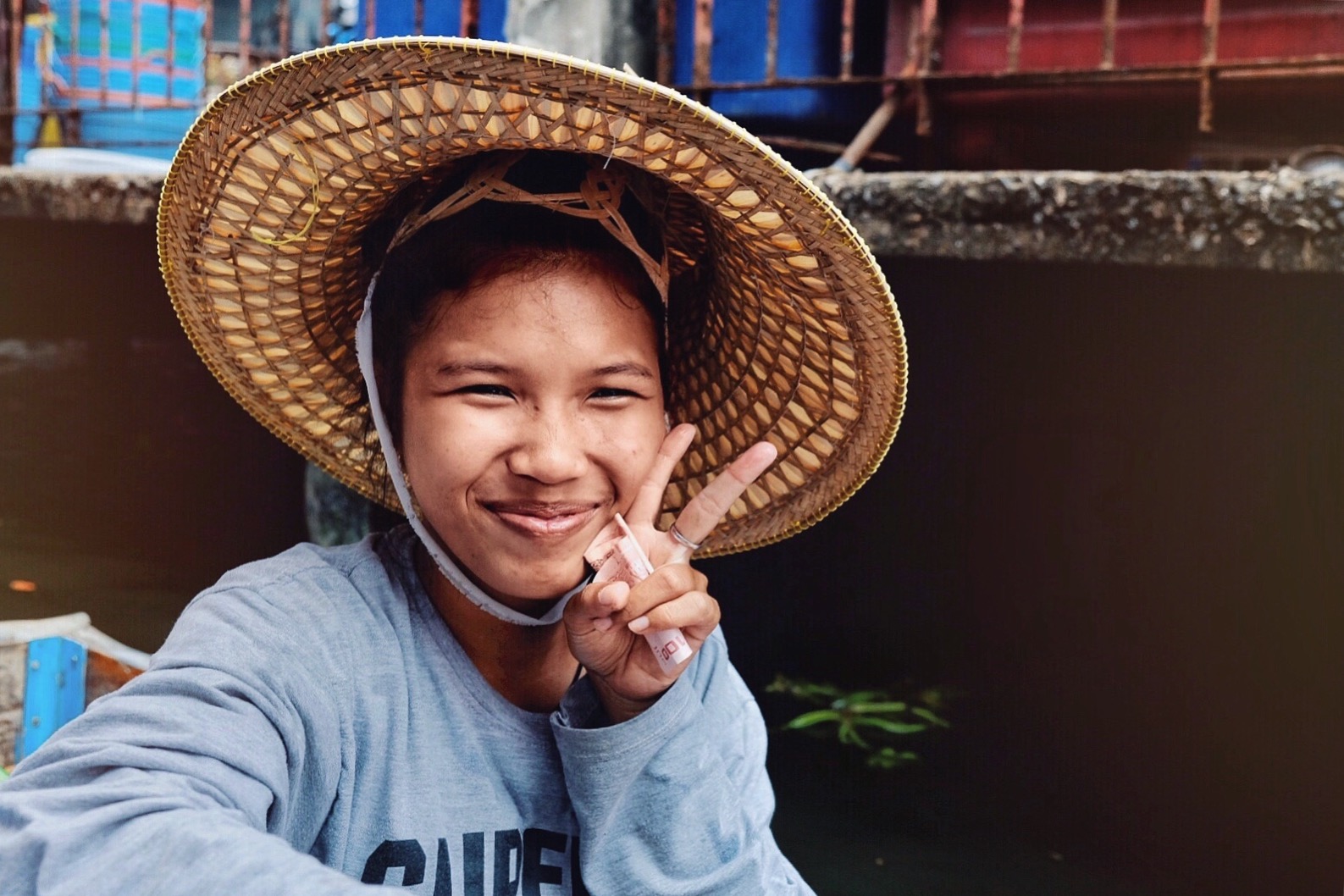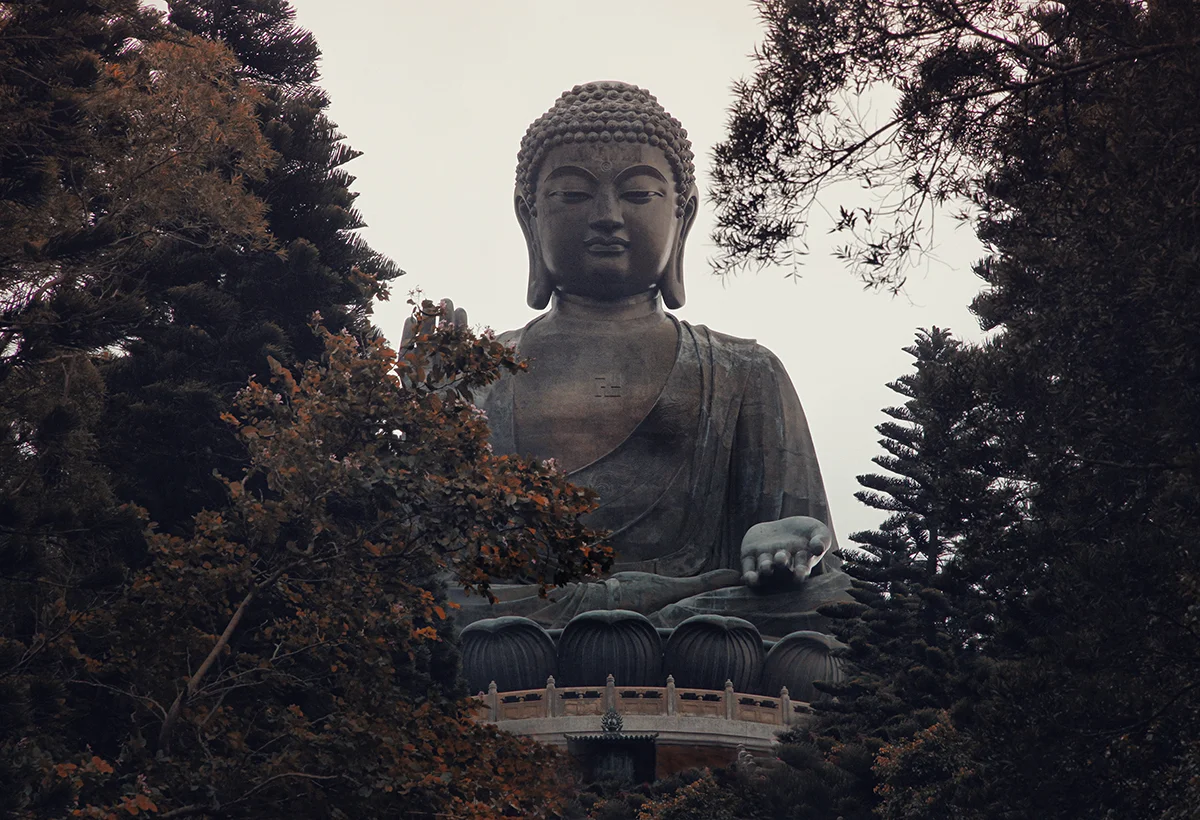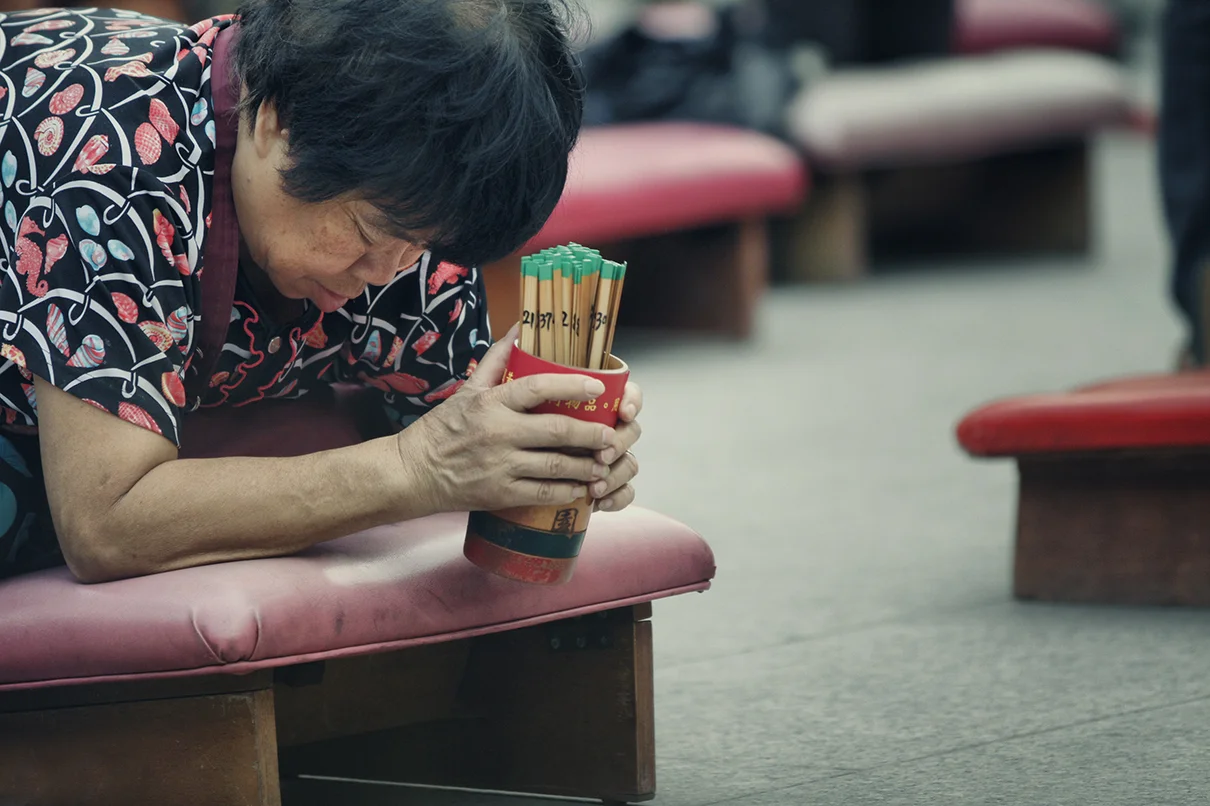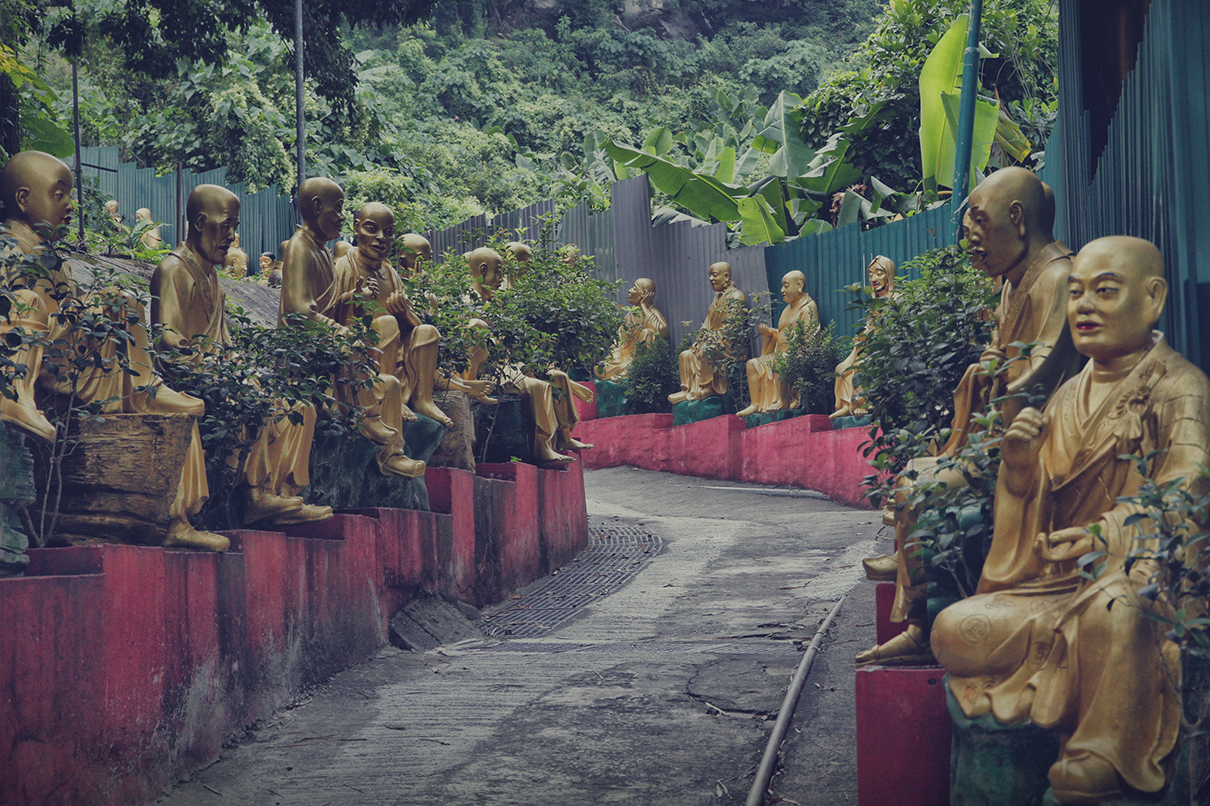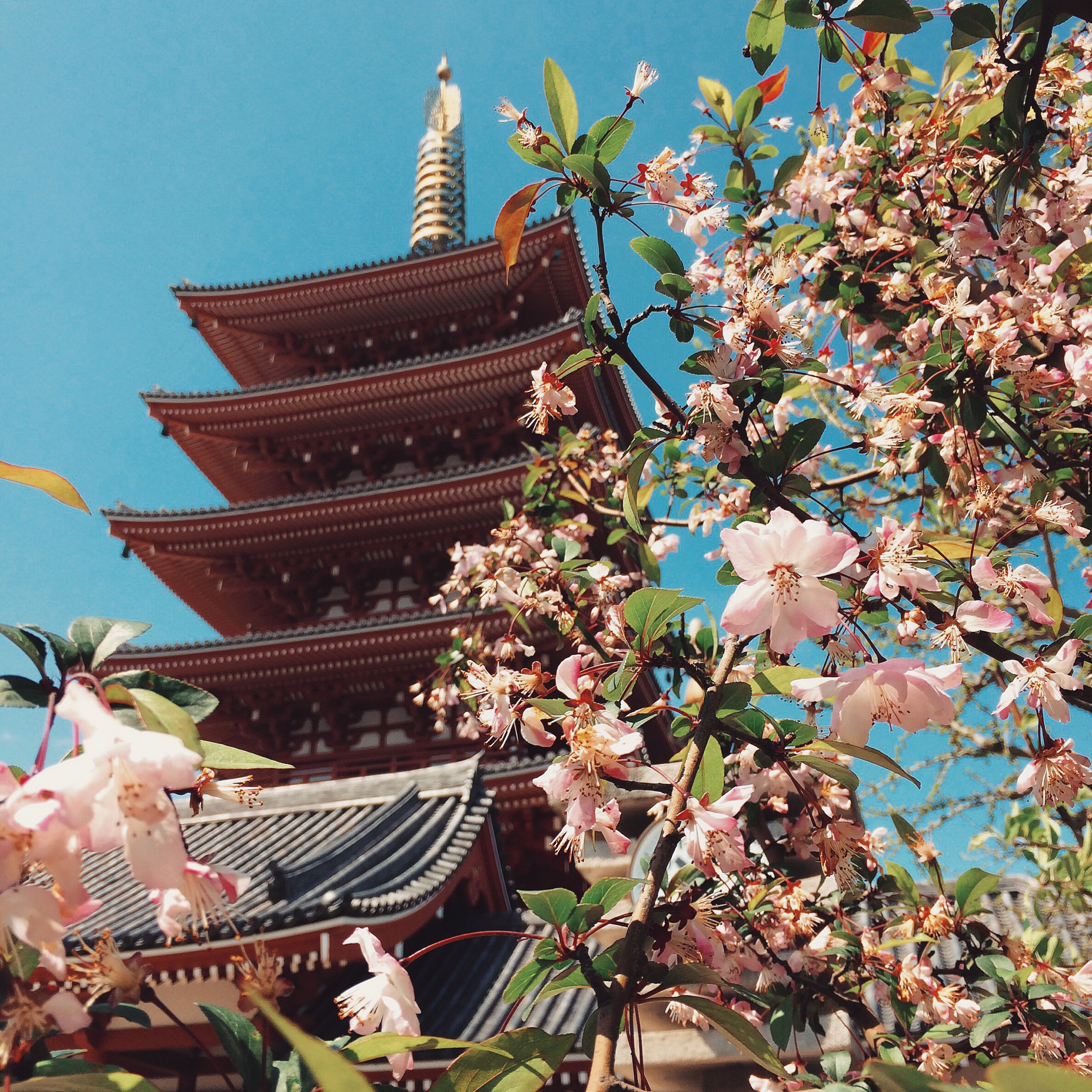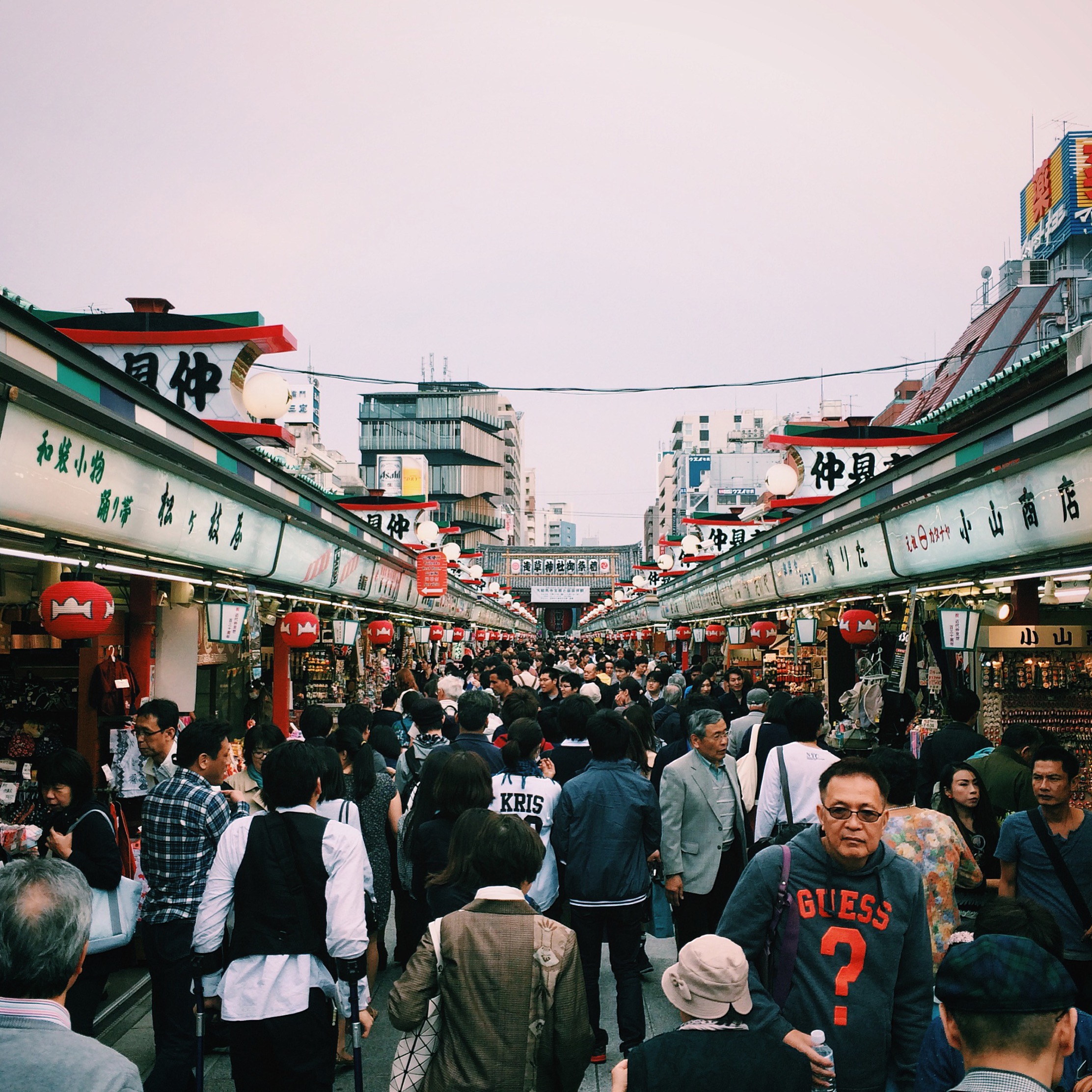It took me too many years to visit beautiful Thailand. Years ago Thailand used to be one of the most popular tourist destinations. This kept me from visiting Thailand. Nowadays it's gotta be Bali... everybody wants to visit Bali. So I thought: this gotta be it! Now is the right time to give that asian country a try. All I can tell after these few lines, Thailand hit me unlike any other travel-destination. I'm already planning to get back this year, for a second time.
Way too many people told me to skip or avoid the capital Bangkok. After all the photos i've checked out on google, the reviews and stories I read about Bangkok, I was so convinced that I would enjoy the busiest city of Thailand.
One of the main reasons why my few days in Bangkok were worthwhile, had probably to do with the lovely human encounters I experienced. It all started with a simple thank you at the airport. This might sound pretty goofy, but I think the way thai-people are thanking you, with folding both hands together and rising them upfront to the face, is just the most sincere way for showing your gratitude. After visiting quite a few asian countries, this was the first thing that I noticed at the airport: "Khob Khun Krup" (thank you for men). My first thought "ok, cool, that's a thai-thing".
Of course the taxi ride, struck my mind as well. It took me almost an hour to get to my hostel, because traffic is usually very busy in Bangkok. With a pretty good tip, the cab-ride cost me less than 10$/€.
After checking in at the hostel, I noticed that all the guests had to take off their shoes, before entering the main areas of the hostels (bathroom, kitchen, garden, dorms...). It definitely felt like far away from home.
I stayed 4 nights in Bangkok, and all I've seen was the main area, the pretty much touristic center surrounded by temples. Of course you do have many small alleys, where all the local people live or hang out. However I didn't manage to make it to the skyscraper area on the east side, or to the north the more rural area.
Temples, temples ... and even more temples. It was obvious, like in Korea, Japan, Hong-Kong... I would do many temples, and after a while I would be bored by temples. The high & colorful "prangs" which are the most eye-catching parts of the temple, were pretty much fascinating. "WAT ARUN" and "WAT PHO" were the ones I enjoyed the most. While riding a tuc-tuc across the city, you will notice those diverse temples along the road. There are just too many temples in the city.
Just a quick reminder! Taxis are way cheaper than tuc-tucs, because they're using the taxi meter. I wouldn't bargain or set a fix price, because the cabs in Bangkok are dirty cheap! Tuc-tuc driver don't even bother for the low-price rides, they'll just send you to the next driver.
The Grand Palace was definitely a very beautiful tourist attraction! The colors, the architecture, too much gold glitter, walls filled with precious stones, ... it's worth the visit! However the place was so crowded that I just left my camera in my bag, you couldn't get a descent shot of the place. And it was the only temple/building where I wouldn't get in with shorts. They're renting pants or you just can a buy cute elephant pants as a souvenir.
The "Golden Mountain" temple is worth checking out as well ! As you will have to climb up too many stairs, however at the end you will be rewarded with a beautiful view all over Bangkok.
Is there anything to do besides temple-hopping?
I was really looking forward for the floating market. The old ladies on their boats, the scents, the colors, the water... all that would have made a lovely photo shooting. However I was told that the floating market take place on weekends. The best ones would be outside of the city, approximately one hour driving.
Chatuchak is the biggest weekend market in the city. I was visiting Chatuchak in the very early evening on a sunday, when some of the stalls were already closing. It's mostly about food & fashion. Sounds boring huh? Trust me it's very hip! I bought around 7 shirts & t-shirts. Most of them were around 2-7$ a piece. I really loved the design, you could sell them easily in Europe for triple the price. They had all kind of street food you could expect. I spent an hour at the market, and I enjoyed it a lot. I'd definitely go back on my next trip to Bangkok.
Very nearby was the "Camp - Vintage Market". That one was the cherry on top! Such a cool and hip place right in the center of Bangkok. I'd never expected to discover London's "Camden Town" in Thailand. Old trailers as coffee-bars, vintage cars with surfboards on it, cafe-racer shops, super trendy clothing stores. There was a live band playing soul-music. It was very beautiful place, less crowded and definitely more classy then London's twin-market.
Khao San Road.
Hate it or love... ? Ok, nope, you won't love the place, but you will definitely enjoy the place. "Khao San Road", also know as the "backpacker street", is the main party road in Bangkok. Why "backpacker street"? Well I have no clue, but I guess, because all the people look like surfers or backpackers. No fancy clothes... flip-flops, shorts, tanktops, that's all you see on Khao-San.
I visited Khao San Road on my first night. And I did expected the worst! While walking through the party-mile totally sober, my first thought was to leave that place. I reached the end of the road and fled towards the "Soi Ram Buttri", which is located only a couple of footsteps away. "Soi Ram Buttri" is the total opposite of Khao-San. It still feels backpacker-like, but it's a very quite street. The same alley will lead you to the main-road where you will find quite a few music bars. I went to "JAZZ HAPPENS". It was tiny charming jazz bar. The perfect spot to start the evening. I was the only caucasian at the bar, and I found it very welcoming that the band was switching from thai to english just because of me. Gotta love thai-people!
After some greasy finger-food, and a couple of gin&tonics, I felt ready to get back to Khao-San road. I stepped inside a bar that had a japanese name. And that was the place where the madness instantly kicked in. The topless male bartender greeted me, asked my name, and gave me a free shot. The thai people next to me at the bar, didn't take long to start a conversation with me. I paid a shot, they paid a shot, the bartender gave another shot for free... After way too many drinks, I left the bar with a thai dude, and we headed to the nearest streetfood-grill. That's where I made new friends again... short after that I woke up in my hostel bed the day after. I had a hard time remembering how I got home.
The next evening I walked back to Khao San Road, because it was the closest place to my hostel, where life was happening at full speed. I passed by a group of thais who started smiling at me, a couple of girls and one guy. As I felt kind of not-ready, no drinks yet, I smiled back and moved on towards the end of the street. One of the girls started running after me, and said "Hey Frank!". I asked her how she would know my name, and then she started laughing "You don't remember us ???". I gently replied with a "nooooope". I joined the group of people and got to know my thai friends for the second time within 24 hours.
So if I gotta summarize my last paragraphs, give Khao San a chance. Even though you might bump into tons of rubbish people, i'm pretty sure everybody can have a blast, or at least a fun night, in that street.
3 guys & 2 girls.
Canal Boat Ride.
If you wanna get away from the bustling city center, you can jump on a boat and get ride through the canals and along the river. It's not gonna be a beautiful boattrip! The water is pretty dirty, you will see a lot of wooden cabins, worn down houses of the locals, too many tourist boats crossing yours, and of course the floating market rip-off. One single person on a boat, approaching you to buy a souvenir or a beer for the boat-driver, is considered a "floating market".
It's definitely not a must-do attraction. However I was glad I bought a ticket for the boat tour. I had a whole boat for myself. I managed to get a couple of descent shots on my camera, and you discover Bangkok from a different angle. After all, that wasn't how I expected Bangkok. Never thought I would ride a boat through several canals for almost an hour.
Obviously I was checking out Bangkok at a slower pace this time. There's still so much left to discover. All I can tell, I wasn't disappointed at all !
I got to know quite a few lovely people in Bangkok. They told me that Thai people don't eat with chopstick except for the pad-thai dish, they introduced me to sticky-rice and to laughing gas.. so many unimportant things, that I still found it very interesting. And the thai people just loved my most stupid questions about Thailand, which seemed so obvious to them.
I will write a seperate post about the second city I visited in Thailand, Chiangmai!
Chiangmai, was different, maybe better, but Bangkok was afterall a joy-ride.





